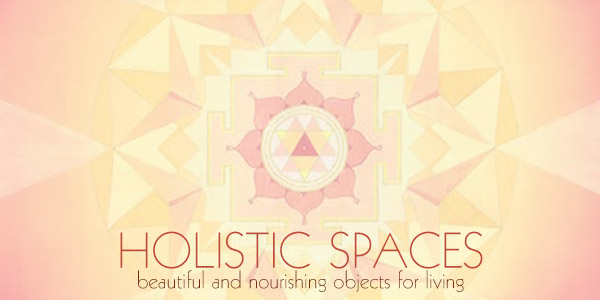Feng shui is an ancient Asian art of placement developed thousands of years ago. Feng shui seeks to enhance and improve the flow of energy through your environment, to maximize the positive potential for your life. It is a truly holistic way to look at your environment. It may include interior or architectural design, but it’s really more than that. Feng shui looks beyond the superficial and is about creating awareness beyond what you see on the surface. The intent is to create an environment that supports and nurtures you.
As a holistic interior architect, many people share with me the wish to integrate feng shui into their homes and businesses, but they want to wait until the space is clean, or they have more time, or when they move. These are of course appropriate times to renovate or redecorate, but what most people don’t know is that you can incorporate feng shui at any time. It may even be more helpful when it comes at a challenging time. Feng shui is more than just about moving furniture around, it’s about shifting your environment physically and energetically to support and nurture your life. Even if you are not ready to renovate or redesign your home, you can still incorporate feng shui principles into your space.
How to get started: There are many aspects to feng shui, and one of the most important rules is called the “command position." The “command position” is the feng shui concept that governs where and how you can position your furniture in a given space to achieve the best and positive flow of energy. Ideally your bed, desk, and stove should be positioned so that you can see the door, while not in line with the door. Better yet, is to have your back against the wall furthest from the door, so you can see the expanse of the room, but not in directly in line with the door. This places you in command of the room, your home and your life, so that you can see what the universe brings to you and you are not in a position to be surprised. The “command position” situates you in so that you can clearly see ahead and move forward with your eyes open...
...read full article
by Anjie Cho






